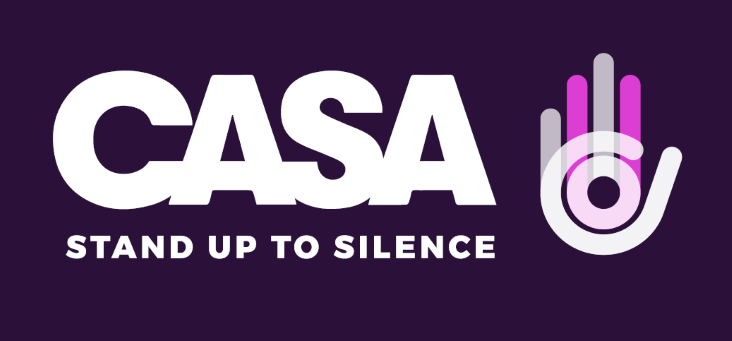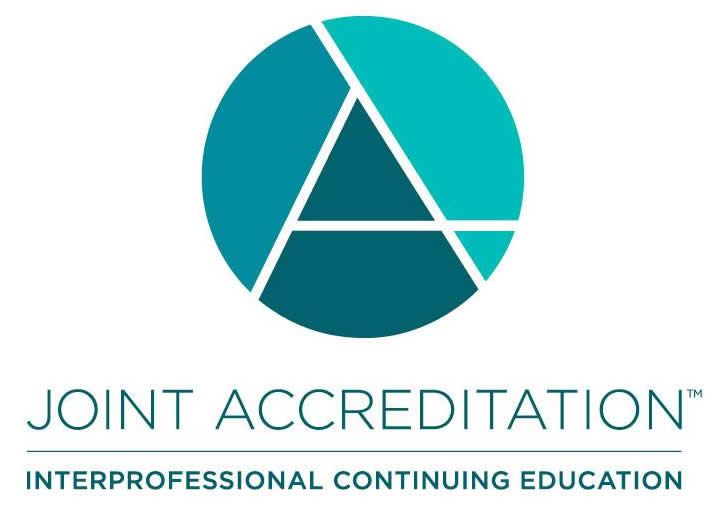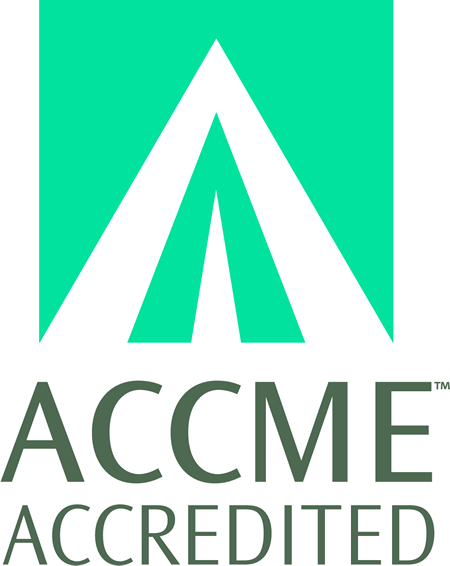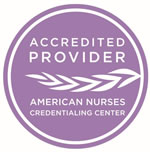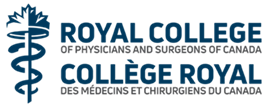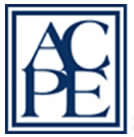
COURSE CREDITS & HOURS
14 AMA PRA Category 1 Credits™14 ACPE Credits
14.0 Contact Hours
COURSE FEES
TARGET AUDIENCE
PROGRAM PURPOSE
Cardiology: These lectures are intended to provide medical care providers interested in the practice of clinical cardiology, the prevention and mangement of atherosclerotic cardiovascular disease and lipid management a review of the clinical applicability and evidence-base for the most recent standards of care in diagnosis and therapy. These health-care providers function as the captain of the healthcare team in the outpatient and inpatient setting. By coordinating resources amongst mid-level providers, nurses, pharmacists, medical assistants and administrative support staff, the primary care provider can help achieve optimal clinical outcomes for their patients afflicted by cardiovascular diseases. To fulfill this mission, the provider must understand the risks and benefits, costs, clinical pitfalls and limitations of evaluation and treatment strategies advocated by current practice standards and guidelines.
Topics:
- Urolithiasis: Evaluation and Management
- Upon completion of this activity, participants should be aware of the signs/symptoms of urolithiasis, the recommended radiologic evaluation, medial therapy and metabolic work-up in individuals with urolithiasis.
- Current guidelines for the evaluation and management of overactive bladder
- Upon completion of this activity, participants should be able to identify the symptoms of OAB, perform a simplified evaluation, understand who the PCP canmanage with first and second line therapies and who should be referred to a specialist
- Common pediatric urologic problems: what
is normal? When to worry?
- As a result of this activity, participants should be able to describe several common pediatric urologic problems and which problems require urgent evaluation, may be managed initially by the PCP tor referral to a specialist
- Evaluation and Management of voiding
dysfunction in children
- As a result of this activity, participants will be able to cite the signs/symptoms of pediatric voiding dysfunction and the role of behavioral intervention in voiding dysfunction
- Adolescent varicocele: Who to treat? Who
to follow?
- As a result of this activity, participants will be able to describe current controversies in adolescent varicocele
- What's new in Adult Urologic Oncology.
- Upon completion of this activity, participants will be aware of recent diagnostic and treatment advances in the field of urologic oncology including the role of biomarkers in prostate cancer and new therapies for advanced prostate cancer and bladder cancer
- Evaluation and Management of Recurrent
Uncomplicated Urinary Tract Infections in
Women
- As a result of this activity, participants will be able to describe the current guidelines for the evaluation and management of Recurrent uncomplicated urinary tract infections in women
- Management of Congestive Heart Failure: Updated Guidelines for
the Primary Care Provider.
- Differentiate heart failure due to systolic and diastolic dysfunction.
- Assess prognosis based upon NYHA class and Ejection Fraction.
- Apply the evidence-based approach to current
- Anticoagulation for Atrial Fibrillation: Updated Guidelines
for the Primary Care Provider.
- Understand the assessment of bleeding and thromboembolic risk for atrial fibrillation.
- Assess patient candidacy for warfarin and novel oral anticoagulant therapies.
- Assessment of acute chest pain: Updated Guidelines for the Primary Care Provider.
- Only 30% of patients with acute chest pain have a cardiac etiology; what are best-practice clinical and diagnostic modalities to be used in assessment.
- Incorporation of cardiac imaging tests in the initial evaluation of chest pain.
- Management of Symptomatic Stable CAD: Updated Guidelines for the Primary Care Provider.
- Appreciate in which patients are percutaneous coronary intervention and surgical revascularization are useful.
- Review novel medical therapies for stable CAD.
- Management of Hyperlipidemia: Updated Guidelines for the
Primary Care Provider.
- Review the evidence to support the use of statins for primary and secondary prevention.
- Review the evidence to support the elimination of non-statin therapy from lipid treatment guidelines.
- Understand the role of PCSK9 inhibitor therapy and other emerging therapies in management of dyslipide
- Cardiac Risk Assessment: Risk calculators and incorporating cardiac imagingCardiac Risk Assessment: Risk calculators and incorporating cardiac imaging
- Appreciate the value and limitations of cardiovascular risk calculators.
- Understand the utility and role of non-invasive arterial imaging modalities.
- Statin Intolerance and Advanced Lipid Therapeutics
- Understand the physiologic basis and incidence of statin intolerance.
- Review of treatment options for patients who are statin intolerant or resistant.



